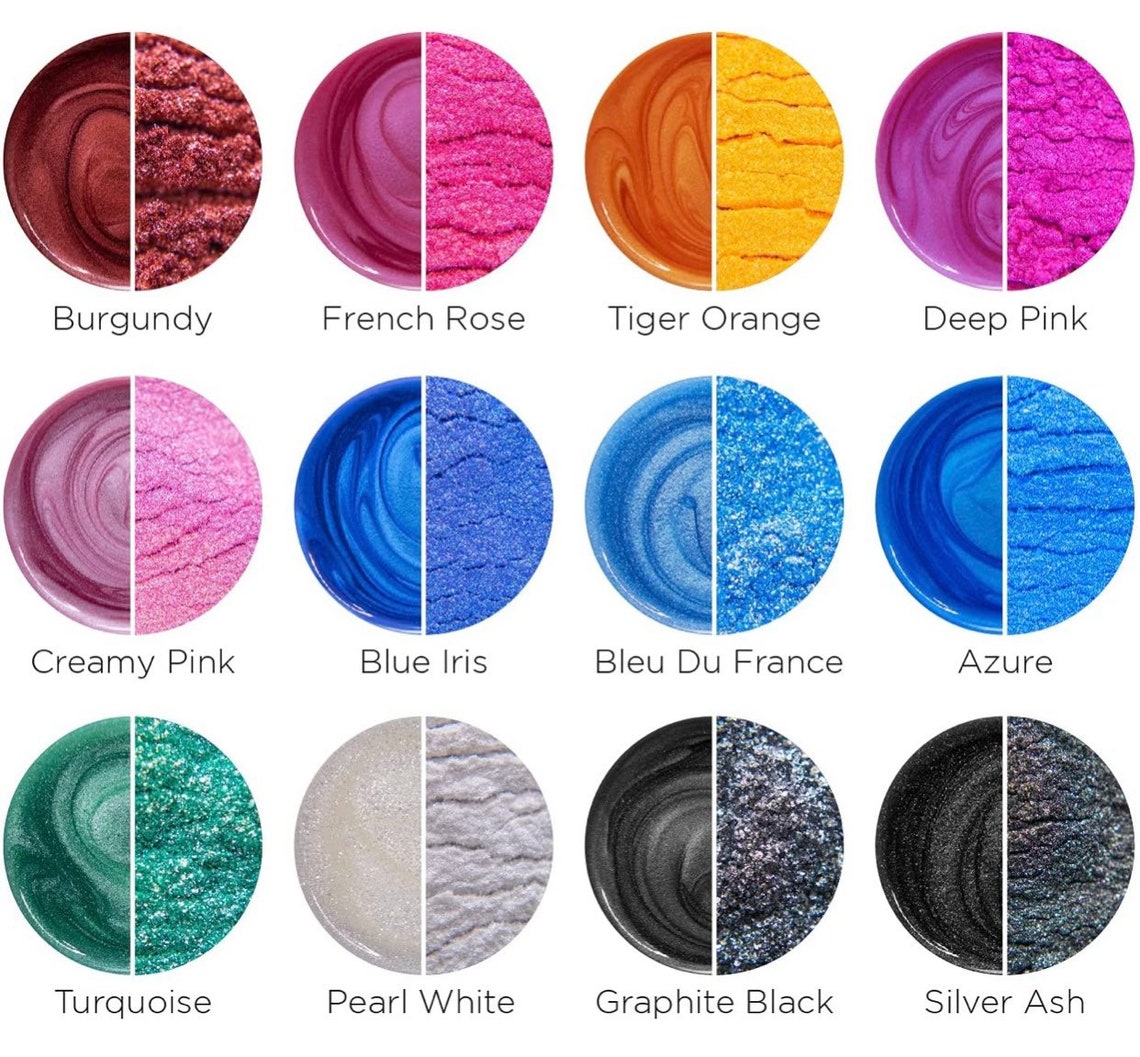

While Cinerama (and fellow ultra-widescreen format of that decade CinemaScope) was a more nuanced variation on how films could be seen theatrically, the 1950s still saw a deluge of "enhancements" to movie theaters that totally qualified as fads. Significantly less ambitious ways of “enhancing” theatrical moviegoing would succumb to the factors that kept Cinerama from ever taking off as a permanent widespread concept. It is, unfortunately, also an indicator of the kind of financial and logistical challenges present in trying to incorporate anything new into the theatrical experience. Instead, it’s an important step in the history of theatrical exhibition. Its connections to these classic films and enduring presence through the legacy of the Cinerama Dome clearly demonstrate that Cinerama should not be dismissed as a “fad”. Certain epics in the 1960s, like The Greatest Story Ever Told and 2001: A Space Odyssey, were still partially shot and presented in the format, while the legacy of the Cinerama format lives on thanks to the iconic Cinerama Dome in Los Angeles (which could still project features in the Cinerama format before its closure in 2020).
#Fandango maya cinema install#
However, it didn't stick around for long thanks to how costly it was to install these theaters (Cinerama films only played at a select few locations). This historical precedent indicated there was some passion, both from filmmakers and people who watched movies, for this format.Ĭinerama did deliver some box office in the 1950s, including Cinerama Holiday, which became the highest-grossing movie of 1955 at the box office. Interestingly, the idea of filming movies in this format dated back to the 1927 Abel Gance epic Napoleon, which intended to screen its gigantic finale in a format similar to Cinerama. The idea here was to show films in an expansive manner that could wrap around viewers, a concept that would endure through several future big-screen adjustments.

This is where things like Cinerama came into play, which was a technology utilizing a trio of projectors to show off films on a massive, curved screen. It was time for theaters to distinctly offer something new for moviegoers…like a wider frame than any television in the 1950s could feature. With people now accessing compelling stories and programs in their living rooms, movie theater owners and film studio executives alike were panicked over whether or not big-screen films would survive. This is also the era where formidable competition arrived to challenge movie theaters in the form of television. This is where some of the wonkier and short-lived attempts at juicing up the theatrical experience came from. It was clear what was going to be permanently part of theatrical exhibition and what wouldn't be. It does not store any personal data.By the 1950s, things had stabilized a bit for theaters. The cookie is set by the GDPR Cookie Consent plugin and is used to store whether or not user has consented to the use of cookies. The cookie is used to store the user consent for the cookies in the category "Performance". This cookie is set by GDPR Cookie Consent plugin. The cookies is used to store the user consent for the cookies in the category "Necessary". The cookie is used to store the user consent for the cookies in the category "Other. The cookie is set by GDPR cookie consent to record the user consent for the cookies in the category "Functional". The cookie is used to store the user consent for the cookies in the category "Analytics". These cookies ensure basic functionalities and security features of the website, anonymously. Necessary cookies are absolutely essential for the website to function properly.


 0 kommentar(er)
0 kommentar(er)
